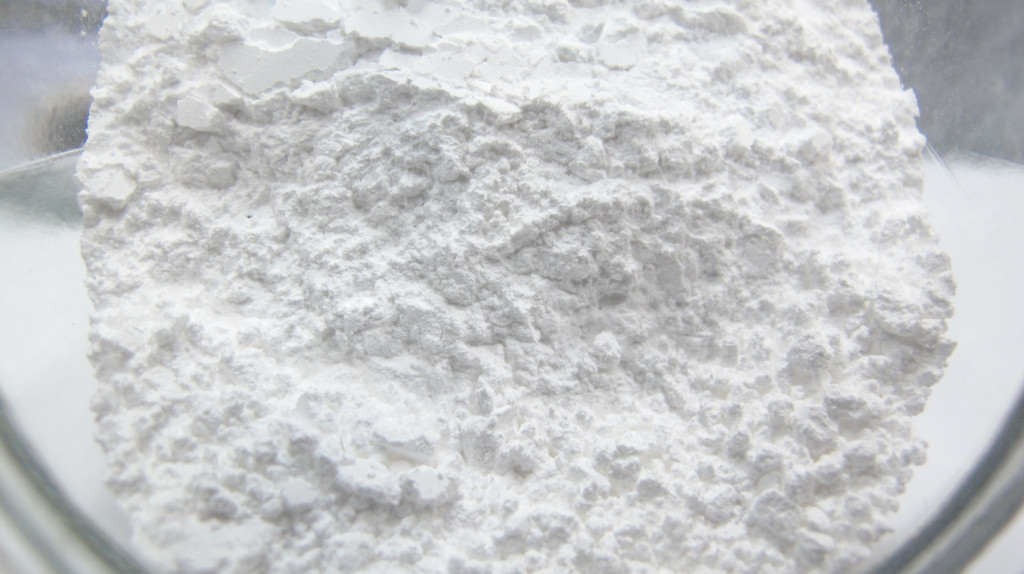Table of Contents
Introduction
“Everyone probably knows that the CNC cutting tools used in machining centers are better the faster they are! However, what everyone might not know is that the tools still need to undergo ‘passivation treatment’ before they leave the factory and reach the customer!! So, what exactly is ‘passivation treatment’? And why is it performed?”
The passivation treatment of CNC tools differs quite a bit from its literal meaning. Primarily, it’s a process aimed at enhancing the lifespan of the tool. It involves polishing, smoothing, and deburring the tool, significantly improving its overall quality. This process is performed after the tool’s final grinding but before coating.
When tools are ground using grinding wheels, micro-notches are created on the tool’s edges. During high-speed cutting operations, these notches can rapidly expand, leading to faster wear and damage of the tool. Modern machining demands high levels of tool stability and precision, making the passivation treatment of cutting edges an essential step before coating. This ensures the coating’s durability and prolongs the tool’s working life.
Benefits of Passivation Treatment
What are the benefits of giving tools passivation treatment?
- Resistance to Physical Wear: During cutting operations, a tool’s surface naturally wears down over time. The cutting edge also undergoes plastic deformation due to the high temperature and pressure generated during cutting. Passivation can prevent the tool from losing its cutting ability prematurely and increases its rigidity.
- Improved Surface Finish of Workpieces: If the tool’s cutting edge has burrs, it not only wears out the tool quickly but also results in a rough surface finish on the workpiece. After passivation treatment, the tool’s edge becomes smoother, reducing chipping and improving the surface finish of the workpiece.
- Enhanced Chip Evacuation: Polishing the tool’s groove significantly improves chip removal efficiency and surface quality. The smoother the groove surface, the better the chip evacuation, allowing for more seamless cutting.
Reduced Heat During Machining: After passivation and polishing, the tool’s surface contains micro-pores, which can absorb cutting fluids. This reduces the heat generated during machining and improves cutting speeds, leading to more efficient processing.

